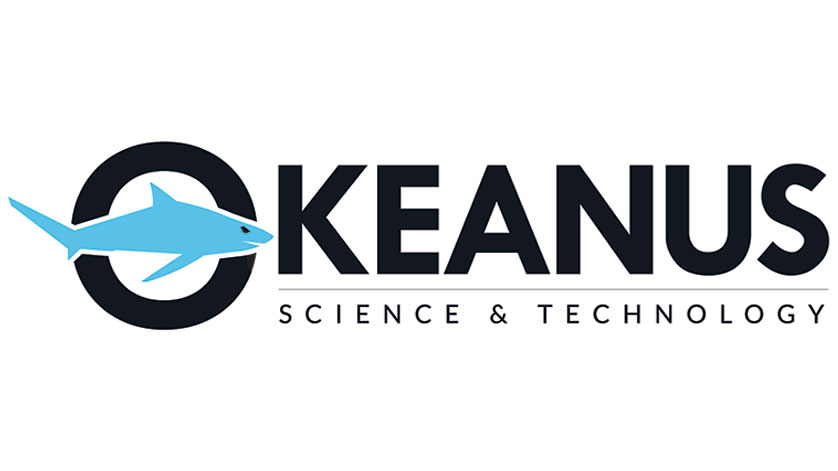Benefits of Collaborative Deep Ocean Mining Programs

A delegation of representatives of member companies of the Research Institute for Ocean Economics (RIOE) of Japan visited Okeanus Science & Technology (OST) in Redmond, WA on February 21st to discuss deep ocean mining.
The study group was led by longtime friend and associate Hiro Nakahara, the Managing Director of RIOE. Also visiting OST were Yoshiyasu Watanabe, visiting professor at Tokai University, Fumio Yuasa, Chief Researcher at Furukawa Co., Ltd. and Masaki Sugisaki, Assistant General Manager of Japan Oil, Gas and Metals National Corporation (JOGMEC) Vancouver office. RIOE was authorized as a public corporation in 1970 and for almost half a century has been responsible for performing various activities on oceans with regards to market trend surveys, industrial promotions, project proposals, and policy recommendations.
 Left to right: Fumio Yuasa, Hiro Nakahara, Ted Brockett, Yoshiyasu Watanabe, and Masaki Sugisaki
Left to right: Fumio Yuasa, Hiro Nakahara, Ted Brockett, Yoshiyasu Watanabe, and Masaki Sugisaki
During their visit, Nakahara-san made two presentations describing the ongoing and planned future seafloor massive sulfide (SMS) and polymetallic nodule ocean mining activities of Japan. Ted Brockett summarized the Ocean Management Inc. (OMI) deep ocean manganese nodule mining program of the 1970s. Ted also presented and the group discussed the benefits of collaborative deep ocean mining programs in the future, including in-situ tests and benthic impact experiments associated with polymetallic nodule mining under the International Seabed Authority.
On a somewhat related note, many members of the international OMI team plan to gather in Wiesbaden Germany in August of this year to renew old acquaintances, tell sea stories, and celebrate the success of the OMI Pilot Mining Tests conducted in the Eastern Equatorial Pacific almost 40 years ago in 1978.

